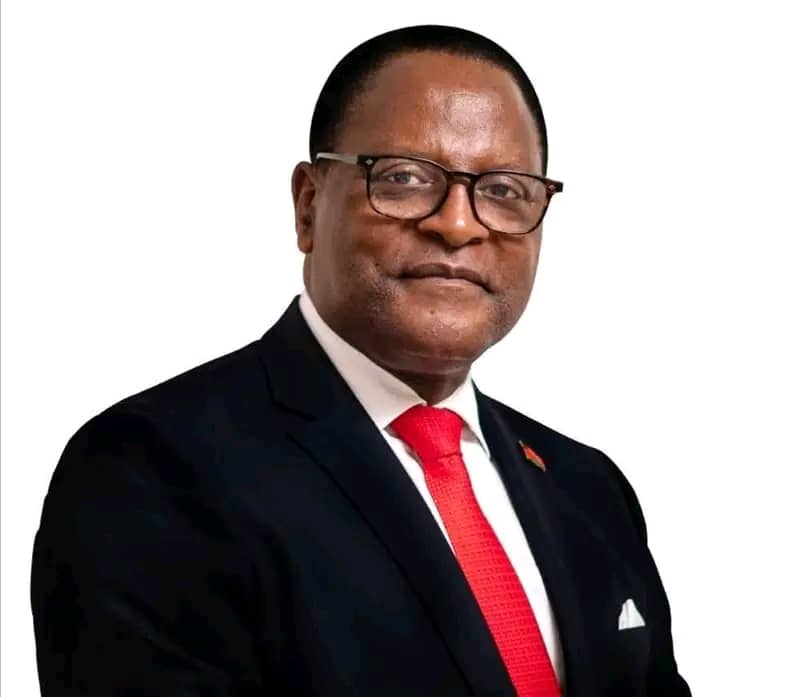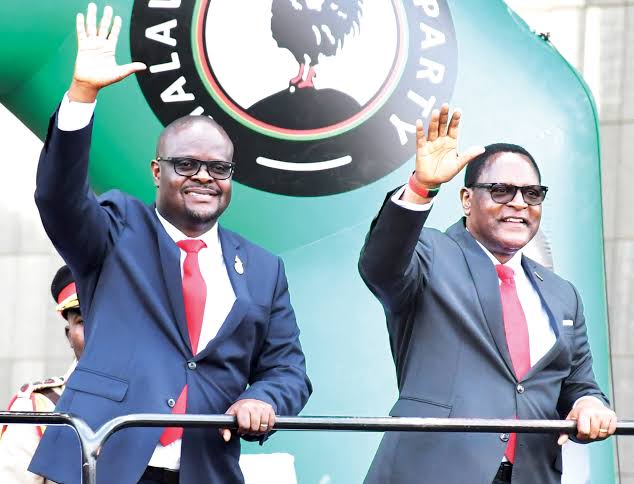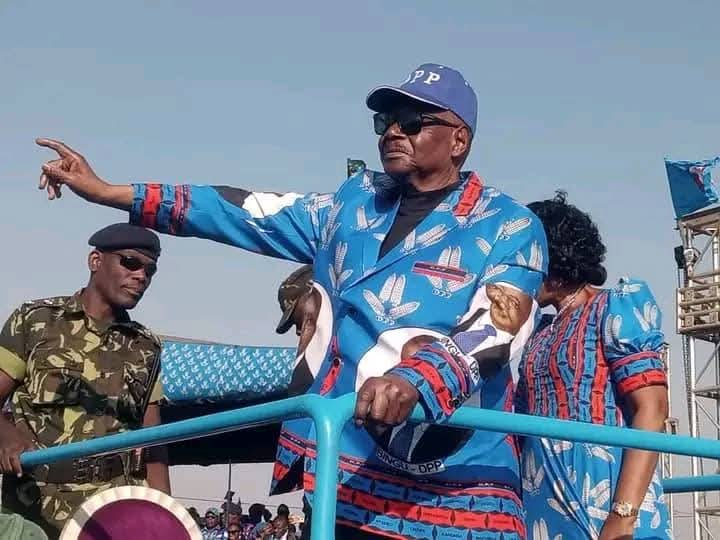By Suleman Chitera
LILONGWE — For a growing number of Malawians, the phrase “worst president” is no longer just protest chant or online anger: it’s the shorthand used to describe a presidency that began in hope and ended in electoral rejection. This investigation traces the roots of that sentiment — separating political rhetoric from documented failures and contextual pressures — using economic data, human-rights reporting, investigative journalism and on-the-record events.
1) Promises vs. delivery: economic pain that voters felt
When Chakwera took office in 2020 he rode a wave of optimism: voters expected corruption to be tackled and living standards to improve. Instead, by 2024–2025 Malawi’s economy was tattered — double-digit inflation at points, acute foreign-exchange shortages, disrupted food supplies after severe weather events, and slowed growth. International institutions recorded weak growth and rising poverty during his term; the World Bank and others point to slow GDP growth and a higher poverty rate through 2024. Those economic realities were central to street protests and to voters’ frustration.
How Chakwera’s Choice of Mumba as Running Mate Weakened MCP
2) Corruption scandals and the failure to restore trust
One of the cornerstone promises was to “clear the rubble of impunity.” But over his term a string of high-profile graft allegations, recurring procurement rows and investigative reports that tied government officials to questionable deals left many Malawians feeling betrayed. Local investigative outlets and regional analysts documented nepotism and questionable contracts implicating people close to the administration; coverage and commentaries argued that anticorruption efforts were patchy and inconsistent. Those incidents amplified perceptions that the Tonse Alliance had not delivered on its central pledge.
3) Civic space, media and human-rights concerns
Rights groups recorded worrying trends in civic space during the period. Amnesty International and Human Rights Watch documented increased restrictions on freedom of expression and assembly, including arrests, intimidation and use of force in some crackdowns — developments that fed narratives that the government had become less tolerant of dissent. Media watchdogs also flagged 2024 as a difficult year for critics, noting arrests and legal or extralegal pressure on journalists. To many observers, erosion of civic space contradicted the administration’s stated commitments to transparency and rights.
4) Concrete political outcome: rejection at the ballot box
The political cost of these failures — economic suffering, corruption perceptions, civic-space worries — was visible in the 2025 election result, in which the opposition returned to power and analysts pointed to widespread public dissatisfaction with Chakwera’s stewardship. Election observers, regional press and international wires framed the vote as a rebuke rooted largely in the public’s sense of economic decline and unfulfilled promises.
5) Context — shocks that mattered (but don’t erase accountability)
That said, any sober investigation must acknowledge major exogenous shocks that complicated governance: Cyclone Freddy (and other extreme weather), global inflationary shocks and disruptions in supply chains, and pandemic after-effects all placed real strain on policy options and public finances. Development lenders and analysts note these headwinds in their assessments — yet many analysts argue those factors explain some but not all of the administration’s poor outcomes because policy choices and governance matter in how shocks are managed.
6) Achievements the critics must concede
Balance requires noting two realities: Chakwera pursued some reforms (anti-corruption rhetoric, certain institutional appointments, and diplomatic engagement regionally) and he remained popular in parts of the country at various points. The record is a mix — real policy attempts alongside implementation gaps. This is why some observers describe his presidency as one of “broken promises” more than outright malevolence — a crucial distinction for historians and voters.
Conclusion — is the label fair?
“Worst president” is a political judgment that aggregates many grievances: stubborn economic hardship, recurring corruption scandals, and shrinking civic space. This investigation finds those grievances grounded in documented economic data, human-rights and media reports, and investigative journalism — and explains why voters punished the administration at the polls. At the same time, catastrophic weather, global economic shocks and inherited structural problems limited what any single leader could do.
So: the label captures broad public anger and is supported by concrete failings in key policy areas — but it is also shorthand that flattens nuance. A full historical judgment should weigh both the administration’s failings and the extraordinary constraints it faced. The evidence shows a presidency that disappointed many of its own promises and that, for a large portion of the populace, failed when it mattered most



